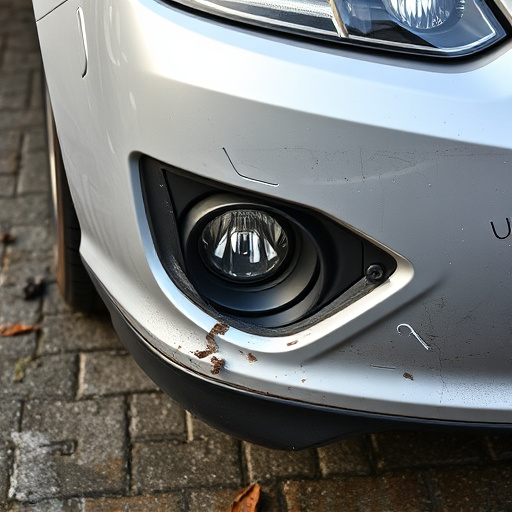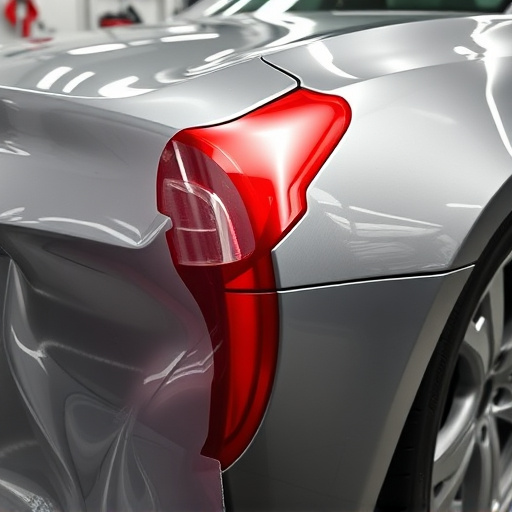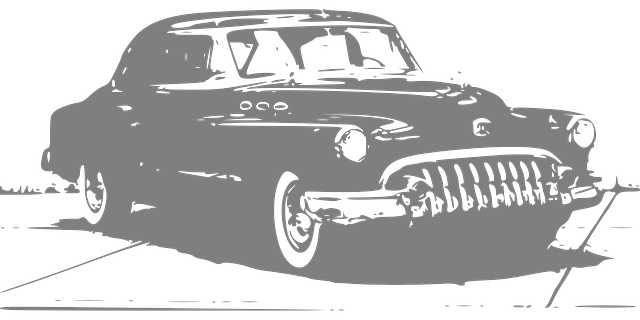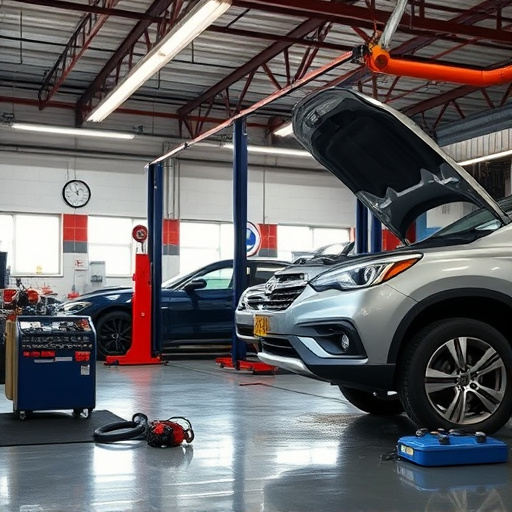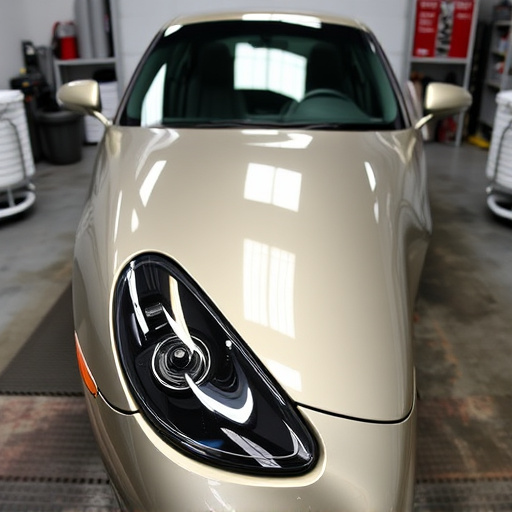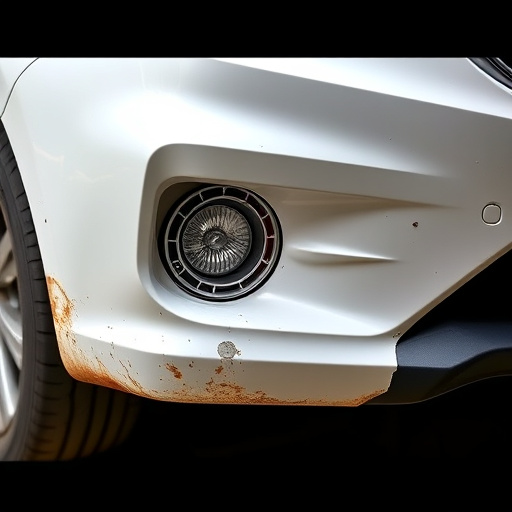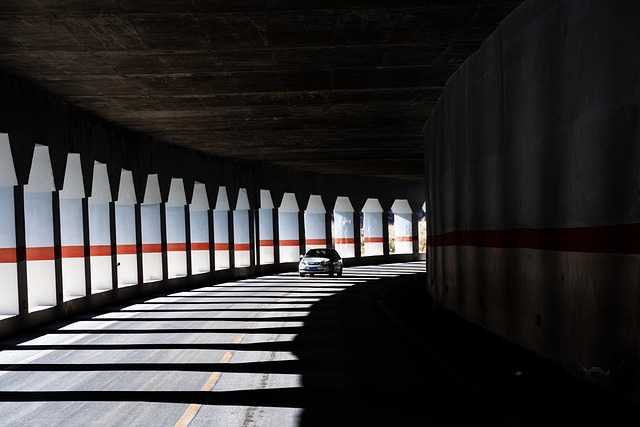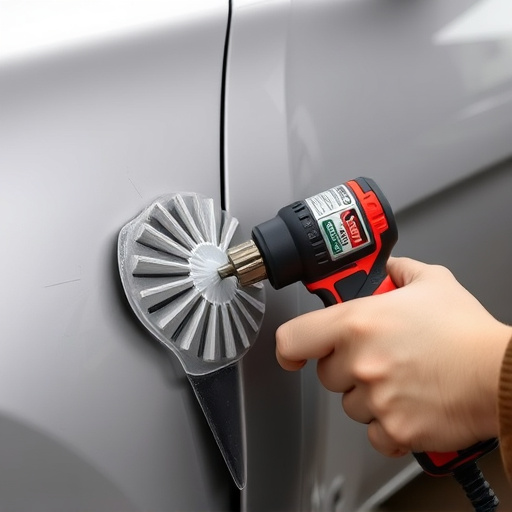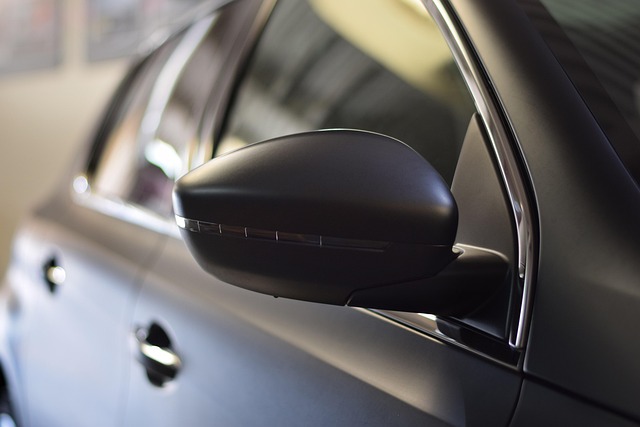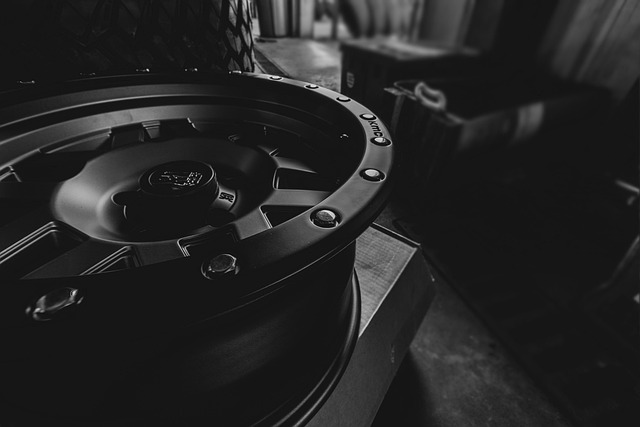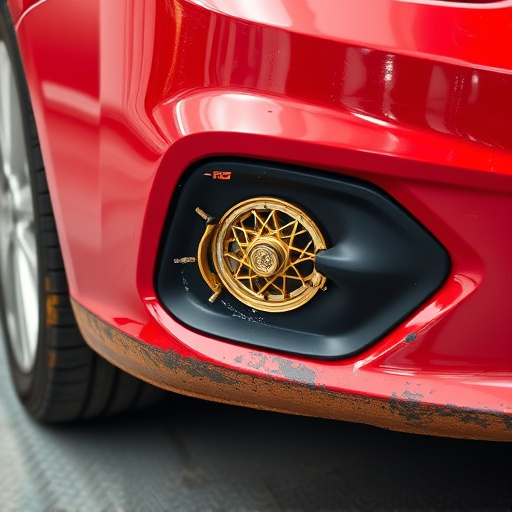By 2025, collision frame repair costs are expected to rise significantly due to inflation, raw material shortages, skilled labor scarcity, advanced training requirements, and environmental regulations. These factors will impact both professionals and classic car restorers, leading to higher expenses, longer wait times, and adjusted pricing strategies from dealerships and repair shops. Increased consumer demand for proactive vehicle dent repair may further drive competition in the auto maintenance sector.
Collision frame repair costs are poised to surge in 2025, presenting a significant challenge for both consumers and the auto industry. This article delves into the factors driving up these expenses, including rising material costs, labor shortages, and advanced safety standards. Understanding these dynamics is crucial as they impact not just the affordability of repairs but also the overall vehicle maintenance landscape. By 2025, consumers can expect higher bills at the mechanic’s, reflecting broader economic trends and technological advancements in collision frame repair.
- Rising Costs of Collision Frame Repair in 2025
- Factors Driving Up Collision Frame Repair Expenses
- Impact on Consumers and Auto Industry in 2025
Rising Costs of Collision Frame Repair in 2025
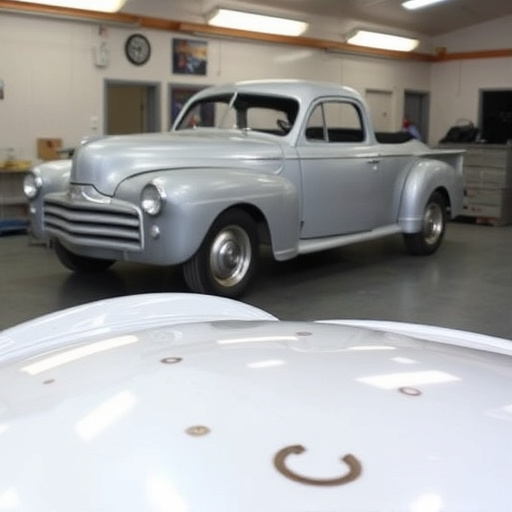
The year 2025 is expected to bring significant challenges for collision frame repair industries worldwide, primarily due to rising costs. The global economic climate and inflation have led to a surge in prices of raw materials used in automotive repairs, particularly steel and aluminum. These metals are essential components in modern vehicle construction, especially with the increasing demand for lightweight, fuel-efficient cars. As a result, collision frame repair shops are facing higher expenses for their primary resources.
Additionally, skilled labor shortages and advanced training requirements contribute to elevated operational costs. With more complex vehicle designs and stringent safety standards, technicians need specialized skills for precise frame straightening and alignment. The investment in continuous employee training and state-of-the-art equipment further adds to the financial burden, impacting overall collision frame repair prices. These factors collectively suggest that both classic car restoration enthusiasts and professional vehicle repair services will witness considerable adjustments in their collision frame repair costs come 2025.
Factors Driving Up Collision Frame Repair Expenses
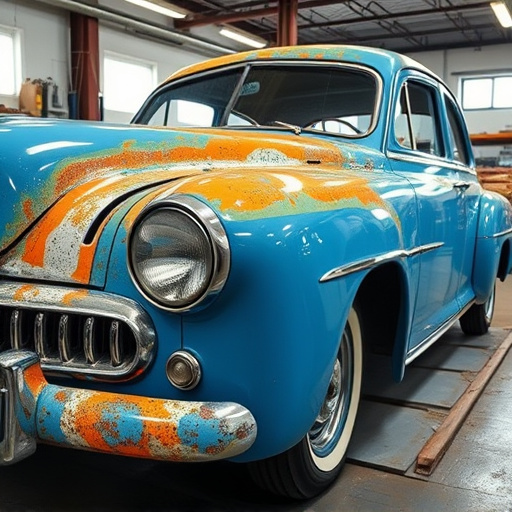
The rising costs of collision frame repair in 2025 can be attributed to several key factors. One significant contributor is the global shortage of automotive parts, particularly those specific to older vehicle models. This scarcity drives up the prices of replacement frames and components, as manufacturers struggle to source these parts efficiently. Additionally, labor costs have increased due to higher wages and improved safety standards in repair shops. Skilled technicians are in demand, leading to a tight labor market and potentially higher repair expenses.
Another factor is the evolving technology in collision repair processes. Advances in paintless dent repair and car scratch repair techniques require specialized tools and training, adding to the overall cost of repairs. Moreover, environmental regulations have prompted repair shops to adopt more eco-friendly methods, which may include the use of specific paints and materials that are more expensive than traditional ones. These combined factors contribute to the rising collision frame repair expenses across the industry.
Impact on Consumers and Auto Industry in 2025
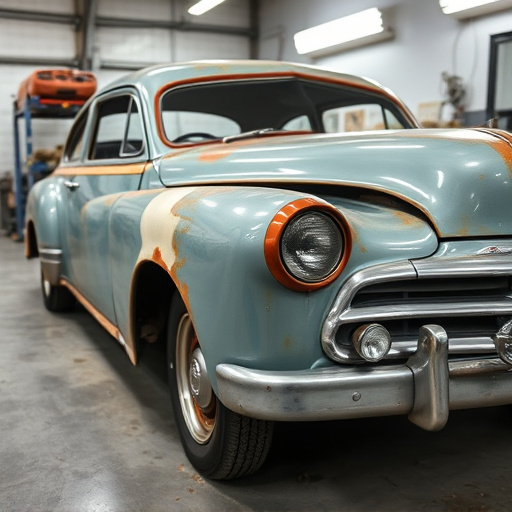
As collision frame repair costs continue to rise in 2025, consumers and the auto industry alike will feel the impact. For everyday drivers, this means higher expenses when navigating auto maintenance and repairs after accidents or minor fender benders. The increasing costs are attributed to a combination of factors including inflation, scarcity of automotive parts, and labor shortages that plague the sector. These challenges have led to longer wait times for collision frame repair services, pushing up overall repair bills.
The ripple effects extend beyond individual car owners, profoundly affecting the auto industry as a whole. Dealerships and repair shops are grappling with the rising costs of materials and skilled labor, prompting them to adjust their pricing strategies accordingly. This is likely to encourage more proactive vehicle dent repair among consumers, who may opt for timely repairs to avoid more costly structural damage down the line. Consequently, the demand for quality car bodywork services could increase, fostering a competitive environment in the auto maintenance sector.
As we move into 2025, the rising costs of collision frame repair are a significant concern for both consumers and the auto industry. Factors such as increased labor rates, higher-tech equipment requirements, and a global shortage of automotive parts are driving up expenses. These trends suggest that collision frame repair bills will continue to rise, impacting car owners’ budgets and potentially altering the financial landscape of automotive repairs. Understanding these changes is essential for drivers to make informed decisions regarding their vehicle maintenance and upkeep.
